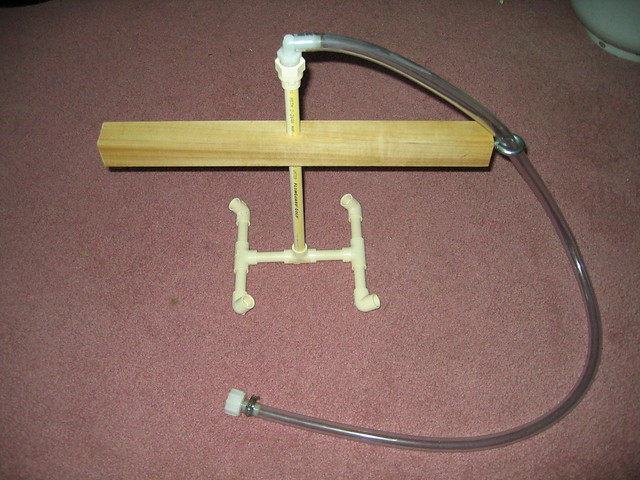thenatibrewer
Well-Known Member
I am in the process of building my new single tier brew table!!! I will be using a 3 keg system and the mash tun will be direct fire and i want it to be recirculating the mash, it will have a false bottom. my question what type of set up do you guys us for your sparge device. and how did you make the connections. i think i am going to use the camlock quick disconnects from proflow. i have seen a copper ring on the inside of the mash tun that runs along the edge of the keg. is that the way to go or is there a better way? any help would be great, cheers.









